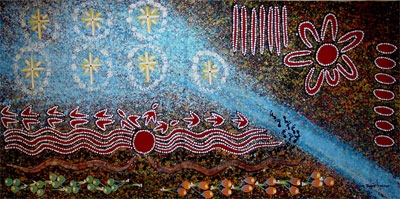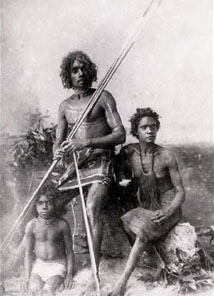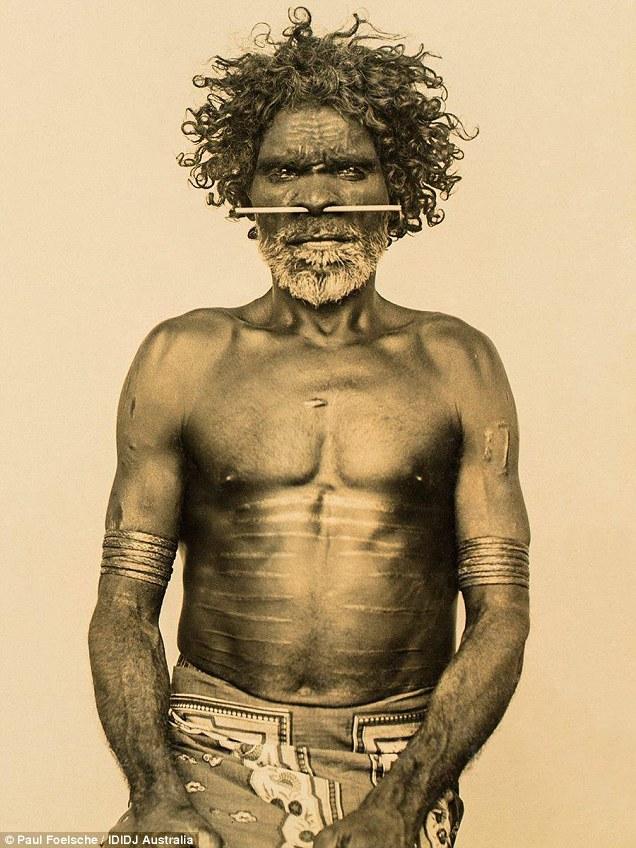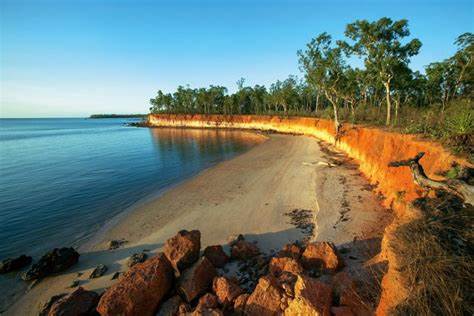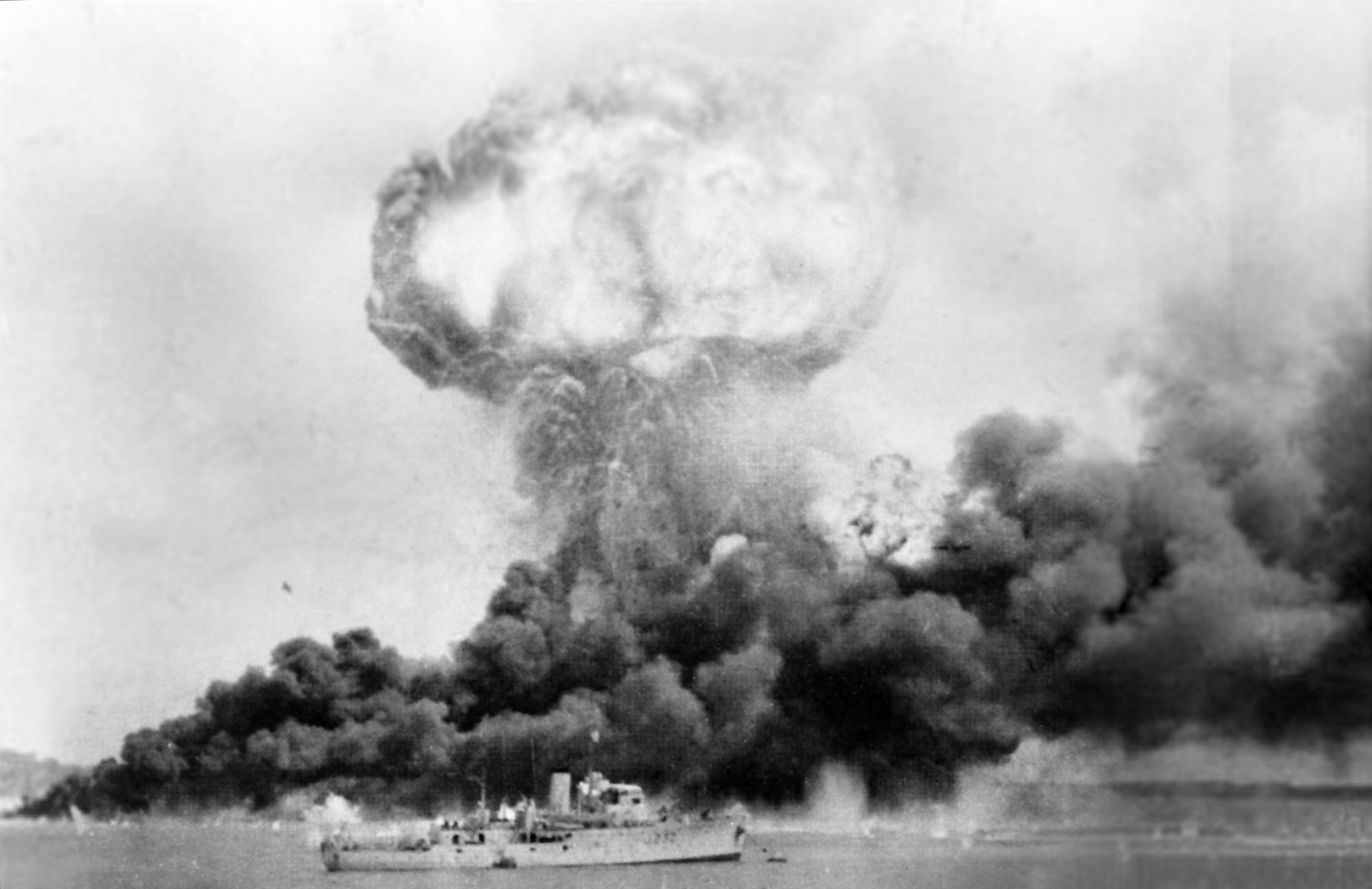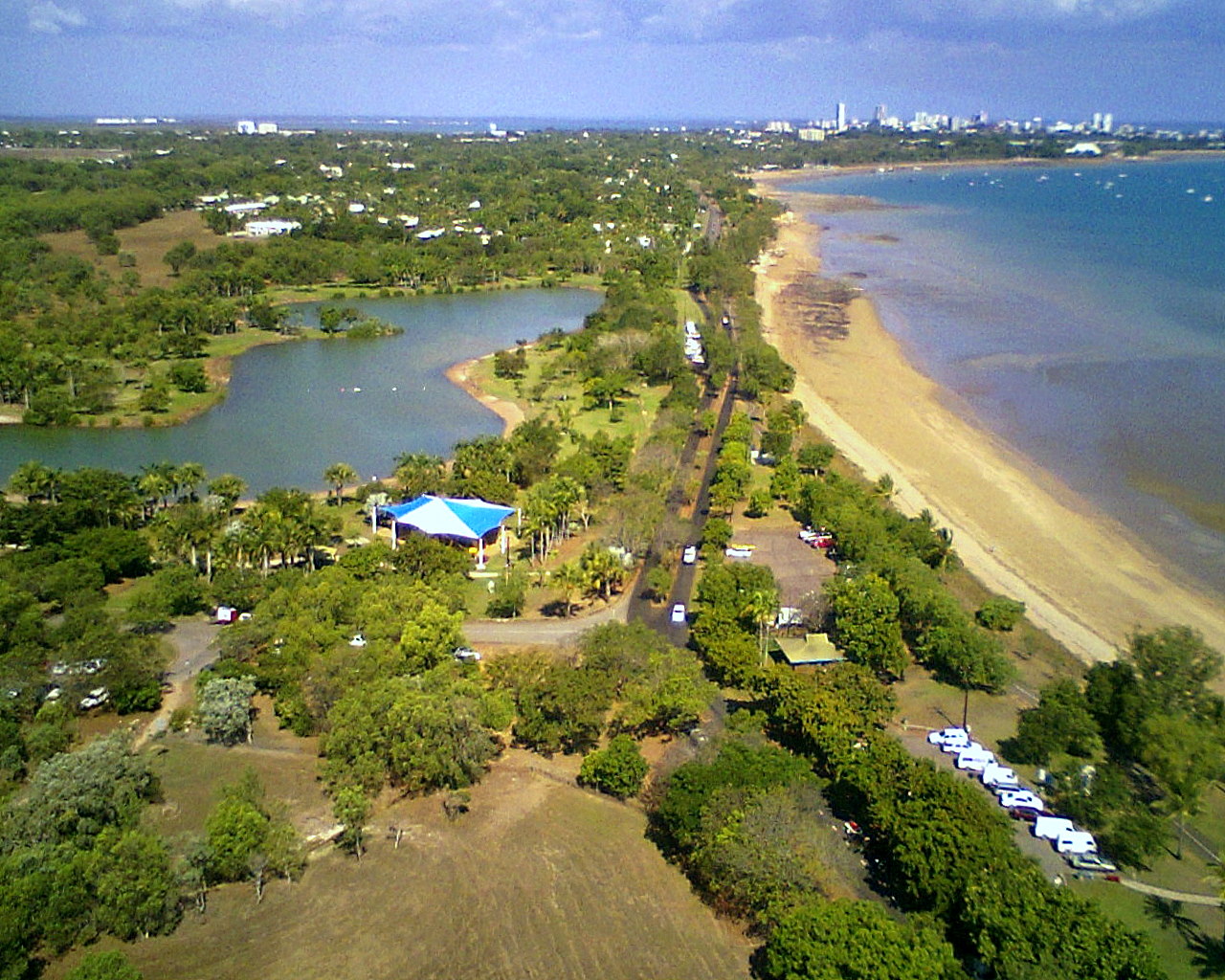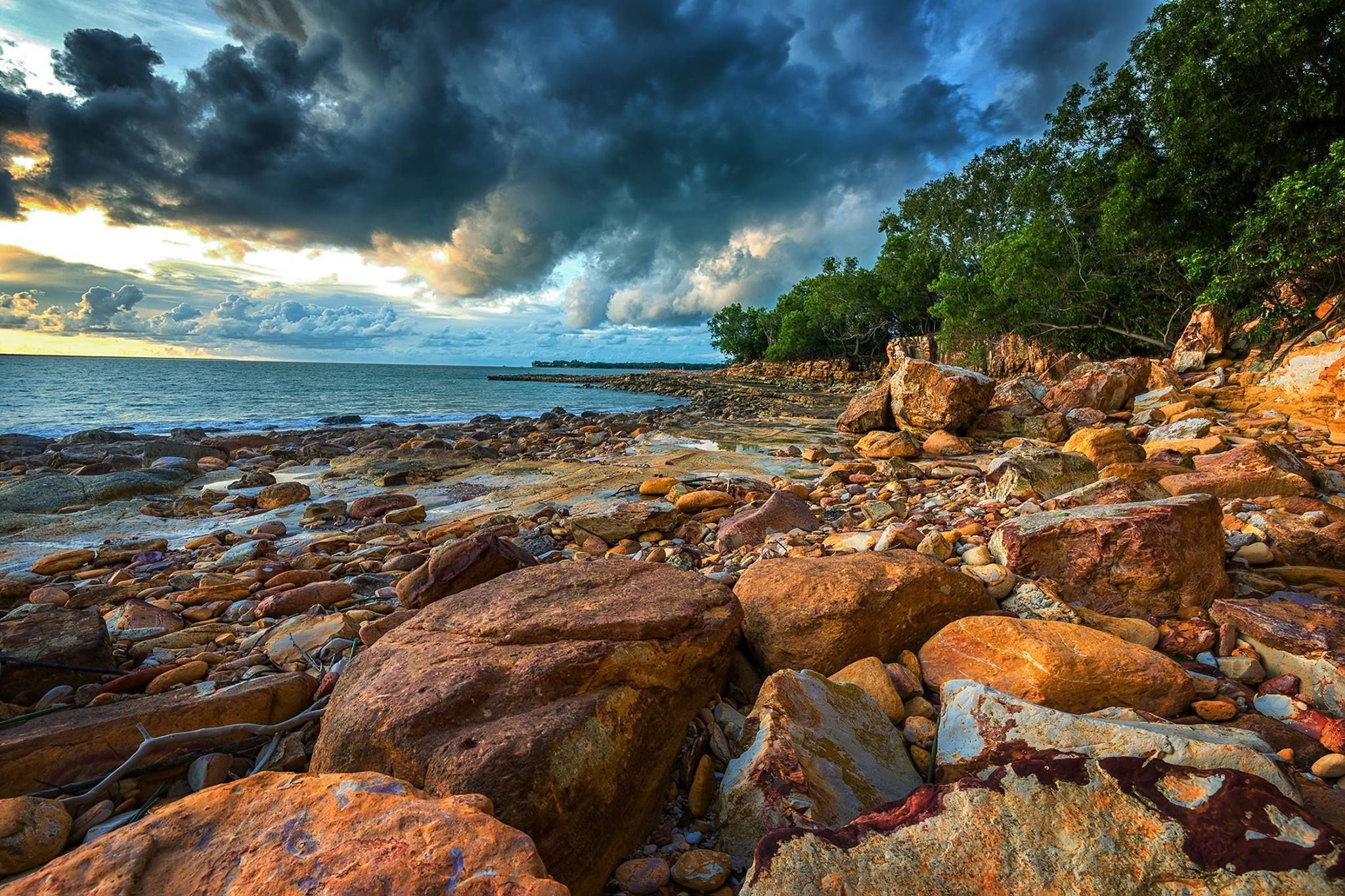
AsianOverland.net
Tour Guide - Itinerary
Asian Overland Sydney to London
Started 22/06/2022 Finished 21/06/2023365 Days ITINERARY
Day 33 date 24/07/2022LITCHFIELD NATIONAL PARK to DARWIN, NORTHERN TERRITORY
ASIANOVERLAND.NET SYDNEY TO LONDON DAY 33: LITCHFIELD NATIONAL PARK TO DARWIN, NORTHERN TERRITORY
On 19 February 1942, 188 Japanese warplanes attacked Darwin in two waves. It was the same fleet that had bombed Pearl Harbor, but the Japanese dropped more bombs on Darwin than on Pearl Harbor. The attack killed at least 243 people and caused immense damage to Darwin, airfields, and aircraft. These were by far the most serious wartime attacks on Australia in terms of fatalities and damage. They were the first of many raids by the Japanese on Darwin.
Berry Springs Nature Park is a picturesque area 47 kilometres south of Darwin that is known for its clear and shady pools. You can easily spot native fish and other aquatic life at the bottom of 10-meter-deep pools. A very memorable, special place, which I first visited in the 1960’s. During World War II, Berry Springs was part of a rest and recreation camp set up by the armed forces.
The Aboriginal people of the Larrakia language group are the traditional custodians and earliest known inhabitants of the greater Darwin area. Their name for the area is Garramilla, meaning "white stone", referring to the colour of rock found in the area, including East Point.
The Larrakia people had trading routes with Southeast Asia, especially the Macassans, and imported goods from South and Western Australia. Established songlines penetrated throughout the country, allowing stories and histories to be told and retold along the routes.
The traditional land of the Larrakia people is about 1,500 square miles including Darwin, Southport, Bynoe Harbour and the Howard River. It extends from the Finniss River and Fog Bay in the northeast to Gunn Point, west of the Adelaide River. Their hinterland extension ran down south about 80 kilometers to a point roughly 16 kilometers north of the Rum Jungle. This last area formed a border with their many neighbours, who, like the Larrakia people, were all pushed back by the sea after the last ice age 30,000 to 18,000 year ago, when Australian Aboriginal lands extended by land to Papua and New Guinea.
Many of the Australian peoples and language groups are in a much smaller geographical area since the end of the last ice age, with sea waters rising about 135 meters to present day levels from 18,000 years ago to about 8,000 years ago.
One Larrakia story is of a being, Mangarrara who created everything on earth except the people. A further being, Nanganburra, lived deep in the bowels of the earth and created the first man, Dowed, instructing him how to procreate. In old age his people disobeyed him and in retribution he caused many to die. Old women refused to eat the geese he provided, so he fashioned the first spears and speared them in the legs. Dowed took a young Adelaide River woman Abmadam and their offspring formed the Djerimanga people. When Abmadam died, she turned into a tree at Laylaloo. On dying, the blacks descend to Nanganburra's land, and he judges whether their lives warrant their ascension to the stars, to live with Mangarrara.
The stars are people who have died and ascended to the stars, and there are many stories about them, especially the Seven Sisters. Those who fail the test are dispatched to a great fire at Omar. Still deeper down is a lake called Burcoot where Madjuitmadjuit, Mangarrara's friend, dwells. His function is to regulate the tides.
The Dutch visited Australia's northern coastline in the 1600s and landed on the Tiwi Islands only to be repelled by the Tiwi peoples, some of the many failed European invasions of New Holland.
On 9 September 1839, HMS Beagle sailed into Darwin Harbour and the region was named "Port Darwin" in honour of their former shipmate Charles Darwin, who had sailed with them on the ship's previous voyage. The settlement became the town of Palmerston in 1869, but was renamed Darwin in 1911. The city has been almost entirely rebuilt four times, following devastation caused by the 1897 cyclone, the 1937 cyclone, Japanese air raids during World War II, and Cyclone Tracy in 1974.
On 25 December 1974, Darwin was struck by Cyclone Tracy, which killed 71 people and destroyed over 70% of the city's buildings, including many old stone buildings such as the Palmerston Town Hall, which could not withstand the cyclonic winds. After the disaster, 30,000 people of the population of 46,000 were evacuated, the biggest airlift in Australia's history.
© This work is copyright. Apart from any use permitted under the Copyright Act 1968, no part may be reproduced by any process, nor may any other exclusive right be exercised, without the permission of Peter Searle, peter@portseavillageresort.com; 1980-2024.
Website built by Justin O’Dea www.webdeveloperdocklands.com.au
